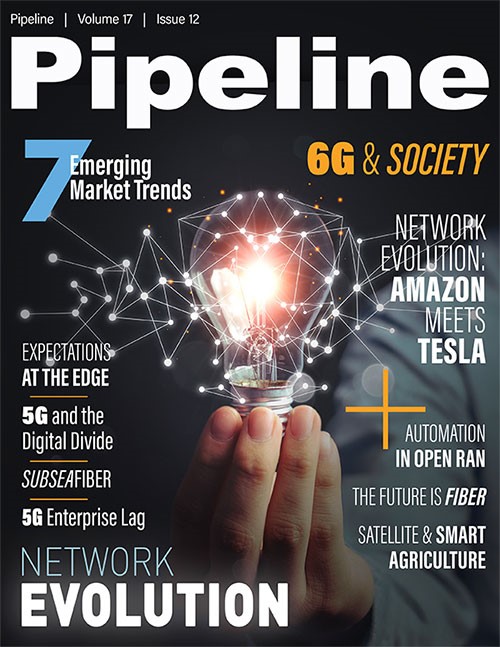Network Evolution: Expectations at the Edge
By: Eric Watko

The importance of planning cannot be underestimated. As an avid runner, I frequently prepare for marathons and relay races. When training, I always plan and map out routes before runs. This critical step ensures I select the right distance and terrain to maximize my efforts, so I can be ready for my next event.
The same principle can be applied to network planning. Enterprises must prepare their network today for increased elasticity, so they can adequately realize the potential of 5G and the Internet of Things (IoT) applications, which will present exciting opportunities to not only increase business efficiency but also create new business. 5G is driving network evolution. It is becoming more distributed, bringing data closer to where it is consumed or generated, to increase efficiency. This migration to the “edge” is here.
What is edge collocation?
Edge collocation—the practice of processing data at the “edge,” closer to end users—is growing in popularity. The rise of 5G, which enables faster data transmission, is creating a greater need for the edge. However, demand for edge data centers is also growing, because of the rise of data-intensive applications and the increased benefits of locating data closer to where it is generated or consumed. With more aggregation points at edge data centers around the U.S., users can transmit data faster―which is ideal for low-latency applications.
5G also comes with a corresponding boost in demand for bandwidth. 5G delivers more content at a faster rate, but the promise of more comes with the need for a robust distributed infrastructure system. The growing edge data center market is helping to meet this demand by putting compute power closer to end users at the edge, which facilitates processing data faster. However, for 5G to truly become ubiquitous, a distributed network architecture must be adopted.
Planning and looking ahead
Edge, or distributed architecture, is the natural network progression. Many small- to medium-sized businesses are already experiencing the benefits of increased network elasticity and reliability. Network elasticity enables the seamless changing demands, with flexible processing, memory, and storage resources. A network that adapts workloads automatically to the natural ebb and flow of their business improves operations.
Many industries are leveraging edge for increased network reliability, with a redundant or hybrid approach—using both edge collocation and the public cloud. This provides the flexibility of using cloud services while still having control over certain critical resources and elements of the network that are not exposed to potential risks. This hybrid model is becoming popular with enterprise industries where data is vital, such as financial services and manufacturing.
The distributed network architecture is inevitable. Planning for the shift and having the edge in place will help to future-proof and safeguard critical business assets—the network and data. When advanced, low-latency applications are ubiquitous, enterprises that are prepared with critical infrastructure in place will have one leg up on their competition.
Benefits of edge collocation
With data being stored and processed at the edge closer to their facilities, employees can benefit from a seamless wireless experience when sharing data. In addition to faster access, enterprises can experience several immediate benefits:
Improved network elasticity
Network elasticity—or the ability to quickly increase or decrease capacity without affecting a network’s stability, performance, or security—is important. Elasticity allows businesses to automate the expansion and contraction of service-level agreements (SLAs) in real time.
Scalability to grow with the business
Edge facilities tend to have the latest, most cutting-edge technology available, which is ideal for responding to enterprises’ expanding workloads. Additionally, by expanding outward into off-site infrastructure, enterprises can increase the number of people they reach.
Accessibility
When working with an off-site collocation facility, the ability and speed to access your infrastructure when needed is extremely important. Edge facilities are often closer to



















